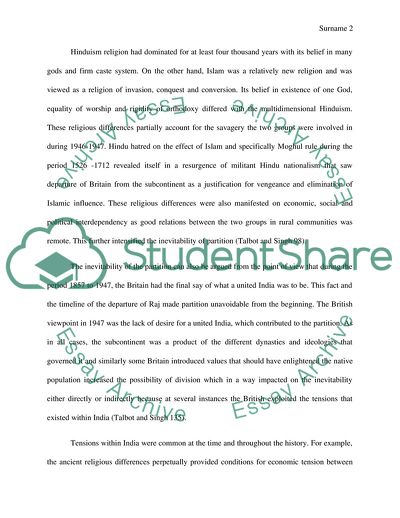Cite this document
(Democratic Institutionalization Essay Example | Topics and Well Written Essays - 2750 words, n.d.)
Democratic Institutionalization Essay Example | Topics and Well Written Essays - 2750 words. https://studentshare.org/politics/1841595-exam-on-the-book
Democratic Institutionalization Essay Example | Topics and Well Written Essays - 2750 words. https://studentshare.org/politics/1841595-exam-on-the-book
(Democratic Institutionalization Essay Example | Topics and Well Written Essays - 2750 Words)
Democratic Institutionalization Essay Example | Topics and Well Written Essays - 2750 Words. https://studentshare.org/politics/1841595-exam-on-the-book.
Democratic Institutionalization Essay Example | Topics and Well Written Essays - 2750 Words. https://studentshare.org/politics/1841595-exam-on-the-book.
“Democratic Institutionalization Essay Example | Topics and Well Written Essays - 2750 Words”. https://studentshare.org/politics/1841595-exam-on-the-book.


